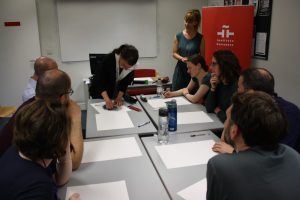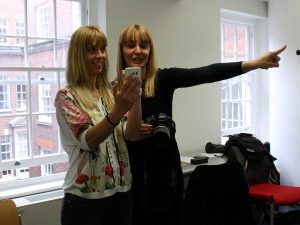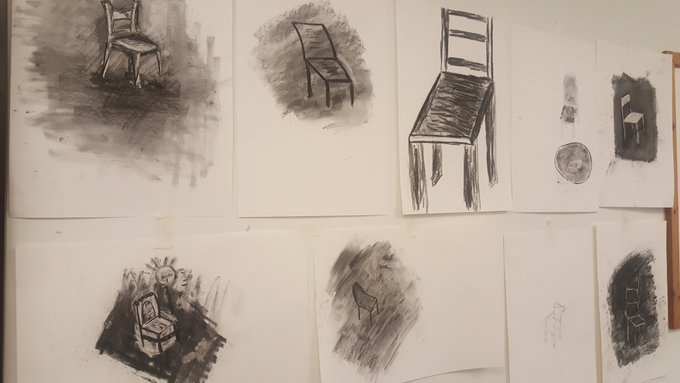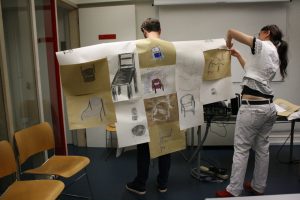Teaching Spanish through art: the way of learning of the Zeta Generation
This week at the Instituto Cervantes in London, two artistic workshops on identity and gender will star in the «Making Art Happen» project. The classes will run in Spanish in order to integrate the creative process with our classroom methodology.
The project, directed by the cultural mediator Vanesa Cejudo and with the participation of the artists Isabel Castro Jung and Susana Sanromán, was born in 2017 with the aim of «taking the doctoral theses out of the boxes» and launching an exercise of pedagogical innovation.
«Making Art Happen» is an initiative supported by the Ministry of Culture, the Madrid City’s Council and Caja Navarra through the aid of Innova Culture. It aims to think about a subject (in this case, Spanish) and re-imagine it through art and its process.
«The objective is to design a methodology among the teacher, the artist and the cultural mediator for students to learn through art. This has a fundamental objective, which is to engage the Zeta generation, a generation that learns in a very different way from the traditional one, which has many sources of information, an important line of self-training and a lower level of attention than previous generations » says Cejudo.
In practice, this translates into the incorporation of more active methodologies, where the student is invited to think, to move in the classroom, to engage in dialogues, to generate dynamics with other colleagues, to contrast opinions, and finally, to materialize a work based or inspired by the guest artist.
«We want students to participate in the artistic process and to learn the subject at the same time. It is a challenge, but it is also something that we have been asked from the educational institutions to incorporate into the classroom «, explains Cejudo.
This experience, which celebrates its second edition at the Instituto Cervantes in London after the installation of Isidro López Aparicio last year, is «very exciting» in its expression, explains Cejudo.
On the one hand, this project aims to help students see contemporary art as something with which they can represent themselves. On the other, to teach them about the dynamic between the teacher and the artist: «the meeting of two worlds that go in parallel and yet coincide in similar themes».
In the workshop with Isabel Castro Jung, she will address the question of identity. Identity is a key to the work of the artist; daughter of a German mother and Galician father, and who finds «many parallels between learning to draw and learning the language».
In the case of the Galician photographer Susana Sanromán, it was very important that the students did not take the photos themselves, but that they recreated and built a set design. Both projects want to offer students the possibility of working in a different environment, where the objective is to combine verbal and rational language with the reconstruction and analysis offered by the visual world. And all through the uniting medium of the Spanish language.






